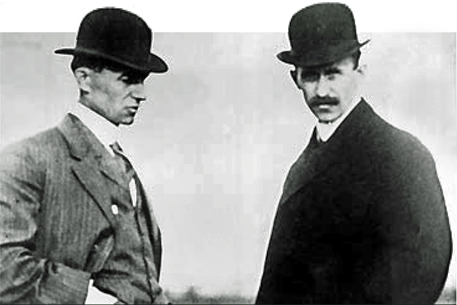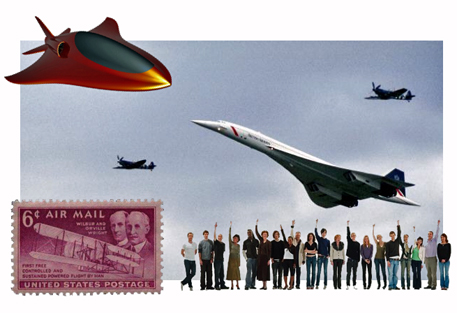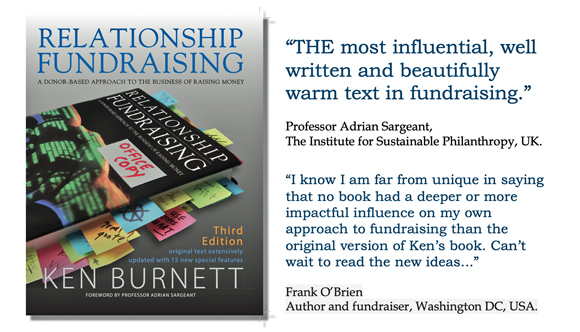|
Blog 23 April 2012 The point is that
Horrible failure loomed large, though nowhere near as large as the lure of the prize. It had to work. But first, it had to be properly tested. Home page.
For some rare pieces |
This was something entirely new. There was no ‘banker’ to test it against because nothing quite like it had ever been tried before. Still, test it they must. Few thought they could succeed. To many at the time it seemed foolhardy, little more than wishful thinking. I mean, who’d ever heard of such a thing? What kept the two guys behind it going was a feeling that, really, it should work. In theory, anyway. The benefits were obvious, massive, but the risks, clearly terrifying. Horrible failure loomed large, though nowhere near as large as the lure of the prize. It had to work. But first, it had to be properly tested. It was a cold day in Kitty Hawk. The wind was high, the mercury falling. Gingerly, the boys pushed their prototype onto the test track... The first test They would be going nowhere this day. Two days later, after repairs, they tried again. The second test
The third test The fourth test The fifth test The above quotes, mildly paraphrased in places, come from Orville Wright describing his experiences with his brother and friends at Kitty Hawk in December 1903. The point of the story is that if the brothers had been working for a charity their wonderful, transformational idea would most probably never have taken off because of our tendency to scrap initiatives at the first sign of failure. . Tests where I wish I had pushed a bit harder. ‘Village Neighbours’: we had a wonderful idea for testing an alternative option to child sponsorship – sponsor a village. The link was less personal, perhaps, but not necessarily less engaging. There were all kinds of avenues for inspired testing. The first attempt cost a few thousand pounds and performed poorly, compared to our cash cow, the banker, child sponsorship (developed and refined over decades, it should be said). So Village Neighbours was shelved and never tried again. Shame. I’m convinced now it would have taken off, though maybe not until after the third or even fourth try. We spent months researching and developing the proposition. We called the scheme Evergreens, developed a logo and livery for it and created rafts of appealing materials to launch it. However the client lost interest perhaps because they had, to their mind, bigger fish to fry. We should have pushed harder though. The prize, I believe, is still there to be had. I’ve tried twice to resurrect it with the original client, which is giving them opportunity enough, I reckon. The ‘Just Add Water’ campaign: the concept was to get major manufacturers with products that require the simple addition of water (shampoos, soaps, whiskies, instant mashed potatoes, etc) to pay for a poster campaign extolling the transformation there would be in Third World communities if we could ‘just add water’. We crafted great visuals for a highly creative poster campaign built around individual leading brands. Only Gillette saw the potential immediately and said they’d maybe give it a try. Discouraged by the perceived indifference of the others and frightened by the potential costs we dithered and the moment was lost. Carpe Diem – sieze the day. We didn’t. That’s enough failures for now. I’ve got lots more, of course, but some of them might yet be made to work, so I’ll keep my powder dry. But, I hope the point is made... © Ken Burnett 2012 *More on the art and science of testing See SOFII’s take on testing here.
|
‘...a sudden gust from the right lifted the machine up 12
|
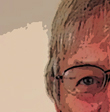
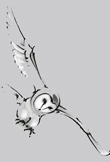

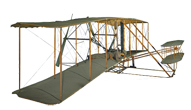

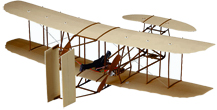
 If at first you don’t succeed.... parachuting of course may simply not be right for you. But just about anything else is probably well worth trying again.
If at first you don’t succeed.... parachuting of course may simply not be right for you. But just about anything else is probably well worth trying again. 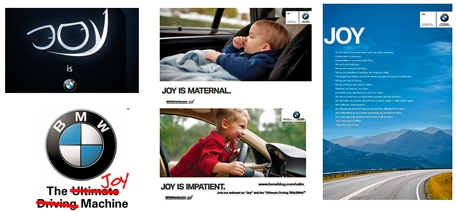
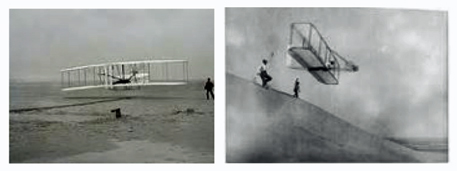 Small steps at Kitty Hawk, 1903.
Small steps at Kitty Hawk, 1903. 